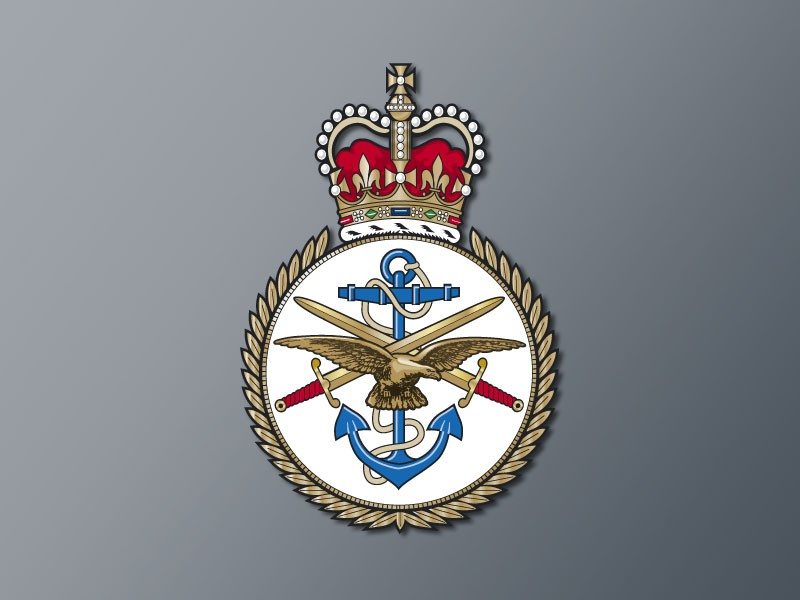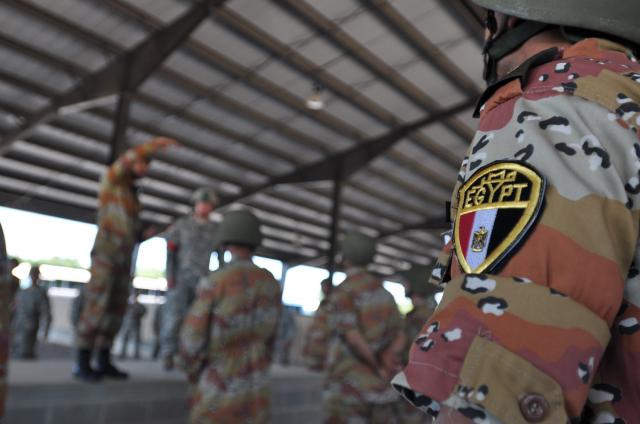The Scotland analysis paper on Defence, published today, highlights the extent to which an independent Scotland benefits from the £34 billion annual UK defence budget, one of the largest in the world.
The complex and integrated nature of the UK’s defence capabilities mean that an independent Scotland would have real difficulties trying to replicate a similar but smaller force from scratch.
The paper, launched by the Defence Secretary Philip Hammond and Scottish Secretary Alistair Carmichael during a visit to Edinburgh, contains detailed analysis and concludes that ‘an independent Scotland would face an immediate and pressing challenge to establish Armed Forces capability and supporting defence machinery’.
The paper also highlights the employment and economic benefits the defence industry brings to Scotland that would be threatened should Scotland leave the UK.
The paper will highlight the thousands of skilled jobs in Scotland that are reliant on the UK’s defence industrial base which plays a key role in providing the Armed Forces with the state of the art equipment they need to defend the country against attack.
It will set out the economic benefits throughout Scotland for communities who contribute to the defence of the UK.
Under Future Force 2020 Scotland will be home to 1 of 3 Royal Navy main bases, including all its submarines, 1 of the British Army’s 7 Adaptable Force Brigades and 1 of 3 Royal Air Force fast jet main operating bases.
Although the overall number of Regular Armed Forces across the UK is decreasing, by 2020 the number in Scotland is set to increase to 12,500 (8.8% of the UK total).
And, as a part of the UK Government’s plans to increase the size of the Reserve Forces, by 2018 there will be an estimated 4,250 trained Volunteer Reserves in Scotland.
Defence Secretary, Philip Hammond said:
“The Scottish people deserve to know what the impact of independence would be on the jobs and livelihoods of the many thousands of people in Scotland that are employed in the UK Armed Forces or in the defence industry that equips and supports them.
“Less than a year before the Scottish people go to the ballot box to take one of the most important decisions in the history of Scotland, the Scottish National Party’s plans remain insultingly vague – a 2-page wish list that is neither costed nor credible.
“The security of the Scottish people is too important to be ducked and dodged.
“As part of the UK, Scotland has access to the full range of UK defence capabilities defending against both natural and man-made threats.
“The MOD’s future plans for equipment also ensure that Scotland, as part of the UK, will have defence capabilities of a scale and sophistication enjoyed by few other countries.
“This includes 2 brand-new Queen Elizabeth Class aircraft carriers, 6 Type 45 destroyers and 13 Type 26 frigates, 7 Astute Class submarines and the fast jet force of Typhoon and Joint Strike Fighter Lightning II.
“From a defence perspective, it is clear that the transition to independence would be extremely complex, raising serious questions over how an operational capability for an independent Scottish state could be managed.”
The Scotland analysis programme is a series of detailed publications produced by civil servants, including those in defence, explaining the benefits Scotland brings to the United Kingdom and the benefits for Scotland in being part of the UK. Earlier papers have covered topics such as currency, financial services and the economy.
The defence paper is the first in a sequence of papers that will analyse Scotland’s place in the world.











